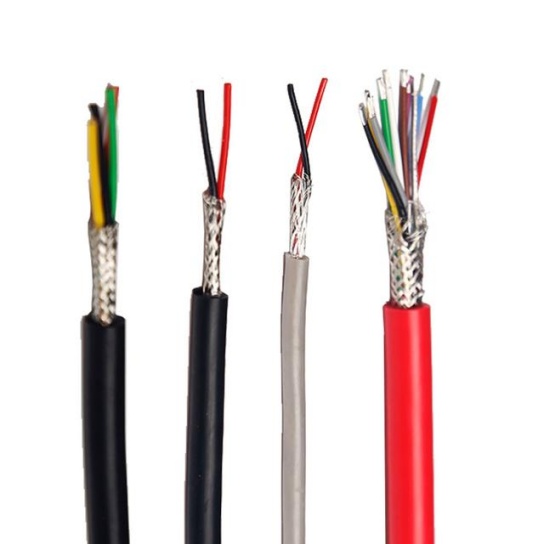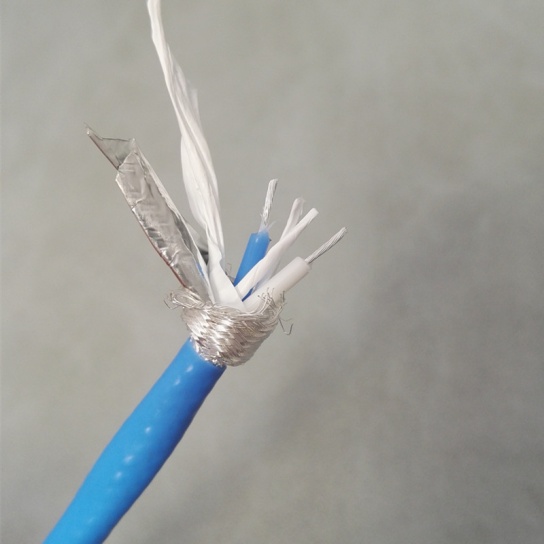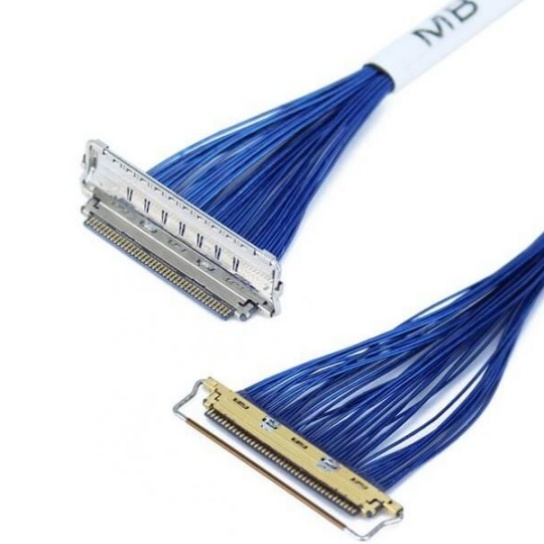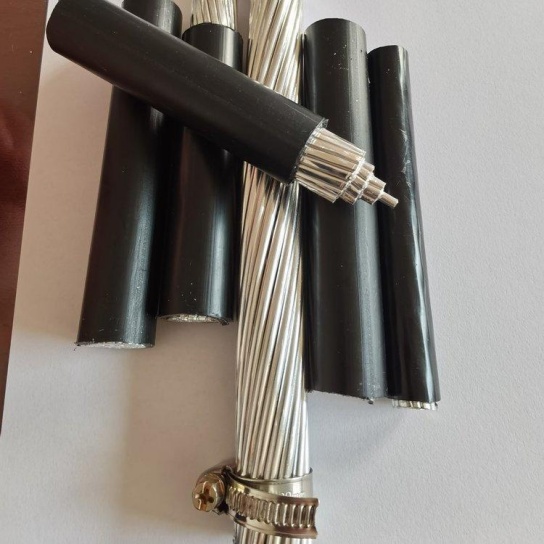Aircraft Cable Assemblies: Improving Communication Systems in Aircraft
Aircraft communication systems serve as the lifeline of safe and efficient flight operations. They enable real-time data exchange between the cockpit, cabin crew, ground control centers, and on-board avionics—from transmitting critical flight parameters to ensuring clear voice communication during takeoff, landing, and in-flight emergencies. Yet, the reliability and performance of these communication systems depend heavily on a component that often operates behind the scenes: aircraft cable assemblies. Unlike standard electrical cables, these specialized assemblies are engineered to overcome the harsh aviation environment, directly addressing pain points like signal loss, interference, and environmental degradation to elevate communication system functionality.
How Aircraft Cable Assemblies Boost Communication System Performance
The unique challenges of the aviation environment—extreme temperatures, intense vibrations, electromagnetic interference (EMI), and limited space—demand cable assemblies that go beyond basic signal transmission. Their role in enhancing communication systems lies in three core capabilities:
1. Ensuring Uncompromised Signal Integrity
Clear communication relies on consistent, undistorted signal transmission. Aircraft cable assemblies achieve this through precision design:
- Impedance Control: Engineered with tight impedance tolerances (typically ±5%), they prevent signal reflection— a common cause of data corruption in avionics systems (e.g., flight management systems).
- High-Quality Conductors: Uses oxygen-free copper (OFC) or tinned copper conductors to minimize signal attenuation, even over long cable runs (up to 100+ meters in large airliners).
- Low-Loss Insulation: Materials like polytetrafluoroethylene (PTFE) or perfluoroalkoxy (PFA) reduce dielectric loss, critical for high-frequency communication (e.g., satellite-based Wi-Fi or radar data links).
2. Mitigating Electromagnetic Interference (EMI)
Aircraft are filled with EMI sources—from engines and radar systems to in-flight entertainment (IFE) equipment. Uncontrolled EMI can disrupt communication signals, leading to garbled voice calls or delayed data transmission. Cable assemblies counter this with:
- Multi-Layer Shielding: Combines braided copper shielding (for flexibility and mechanical strength) and foil shielding (for full coverage) to block up to 99.9% of EMI. For high-sensitivity systems (e.g., military communication), double-braided shielding is used.
- Grounding Optimization: Integrated grounding straps or drain wires redirect stray EMI away from signal conductors, ensuring clean signal paths for cockpit-to-ground communication.
3. Withstanding Extreme Environmental Conditions
Flight exposes cables to a wide range of stressors: temperatures from -65°C (-85°F) at high altitudes to 150°C (302°F) near engines, constant vibration (up to 2000 Hz), and exposure to hydraulic fluids or fuel vapors. Aircraft cable assemblies are built to survive these conditions:
- Heat-Resistant Materials: PTFE or silicone insulation maintains structural integrity at extreme temperatures, avoiding insulation breakdown that causes short circuits.
- Vibration-Resistant Terminations: Crimped or soldered terminations (compliant with SAE AS4375) are reinforced with strain relief boots to prevent conductor fatigue and disconnection—critical for maintaining communication during turbulence.
- Chemical Resistance: Jackets made of ethylene tetrafluoroethylene (ETFE) or fluorinated ethylene propylene (FEP) repel corrosive fluids, extending cable lifespan and reducing maintenance downtime.
Critical Technical Requirements for Aviation-Grade Cable Assemblies
To effectively improve communication systems, aircraft cable assemblies must meet strict industry standards and performance benchmarks. These requirements ensure compatibility, safety, and long-term reliability:
- Regulatory Compliance: Adherence to standards like SAE AS4087 (for general aviation cables), UL910 (for flame resistance), and EN 3475-601 (for European aviation) is non-negotiable. These standards mandate flame, smoke, and toxicity (FST) properties to prevent cabin safety hazards in case of fire.
- Mechanical Durability: Must withstand 10,000+ flex cycles (per IEC 60228) to accommodate aircraft maintenance (e.g., opening and closing access panels) without signal degradation.
- Weight Optimization: Aviation prioritizes weight reduction to improve fuel efficiency. Cable assemblies use lightweight materials (e.g., aluminum-clad copper conductors) to cut weight by up to 30% compared to standard copper cables, without sacrificing performance.
- Signal Bandwidth Support: With the shift to high-speed communication (e.g., 5G in aircraft, 4K IFE), cable assemblies must handle bandwidths up to 10 Gbps—achieved through optimized conductor stranding and low-capacitance insulation.
Real-World Impact: Applications in Aircraft Communication
Aircraft cable assemblies are integral to every layer of aircraft communication, addressing specific user needs across different systems:
- Cockpit Communication: Connects radios, transponders, and navigation systems to ground control. High-reliability cable assemblies ensure uninterrupted voice calls and real-time transmission of flight plans, even in remote airspace.
- Cabin Crew & Passenger Communication: Powers IFE systems, passenger Wi-Fi, and intercoms between crew members. Low-loss cables enable smooth streaming and clear crew announcements, enhancing passenger experience and crew coordination.
- Avionics Data Links: Transmits data between critical systems (e.g., engine sensors, flight control computers, and weather radar). EMI-shielded assemblies prevent data corruption, ensuring the cockpit receives accurate, timely information for safe decision-making.
Future Trends: Evolving Cable Assemblies for Next-Gen Communication
As aircraft communication systems advance (e.g., autonomous flight, IoT-enabled avionics), cable assemblies are evolving to meet new demands:
- Smart Monitoring: Integration of fiber-optic sensors within cables to track temperature, vibration, and signal quality in real time—enabling predictive maintenance and reducing unplanned downtime.
- Higher Frequency Support: Development of low-loss cables for millimeter-wave (mmWave) 5G and satellite communication, critical for next-gen air traffic management systems.
- Sustainability: Use of recyclable materials (e.g., bio-based insulation) and lead-free terminations to align with aviation’s carbon reduction goals.
When it comes to aircraft cable assemblies that elevate communication system reliability, FRS stands as a trusted partner for global aviation clients. FRS’s aviation-grade cable assemblies meet strict SAE AS4087, UL910, and EN 3475-601 standards, leveraging PTFE insulation, multi-layer EMI shielding, and lightweight conductors to ensure signal integrity, environmental resilience, and fuel efficiency. Our in-house R&D team innovates to support next-gen communication—from smart monitoring cables to 5G-ready designs—while rigorous testing (temperature, vibration, FST) guarantees performance in the harshest flight conditions. For commercial airliners, military aircraft, or general aviation, FRS delivers tailored cable solutions that keep communication systems strong, efficient, and future-ready. Choose FRS: Precision engineering for safer flights.






